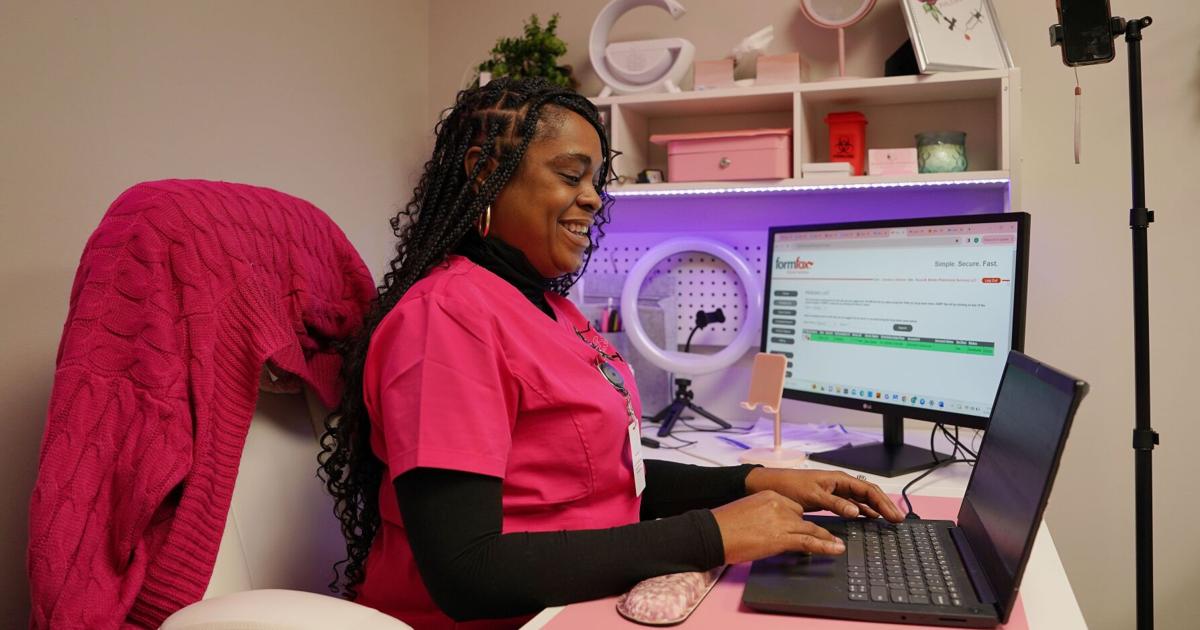Candace Lattimore dresses in a pink uniform, carries a pink medical kit and wears pink gloves. The mobile phlebotomist uses pink tourniquets and, when the blood draw is done, she applies a pink bandage.
The reason is simple, Lattimore says: Pink is a natural calming color, and she aims to keep her patients as comfortable as possible during what can be an uncomfortable, but necessary, moment.
“It’s a lot more comfortable for them,” said Lattimore, owner of Rosia B. Mobile Phlebotomy Services. “I’m coming into their home, making them a little more relaxed.”
More and more, health care services are being delivered right to the home, fitting into an ongoing trend of meeting patients where they are and ensuring people are getting the crucial preventive services they need to stave off larger, and more expensive, health problems that can worsen if left untreated and undiagnosed.
You see it everywhere. For instance, Willa Arnet, a Buffalo nurse practitioner, is partnering with Amherst-based health plan Independent Health on a pilot program geared toward reaching the insurer’s Medicaid members who hadn’t been seeing a doctor.
“You’ve got to meet the patients where they are and understand what their unique needs are,” said Independent Health CEO Michael W. Cropp. “It’s part of this transition from a sort of organizational or facility-centered model of care to a more person-centered community-based model of care.”
Read the full article here

Leave a Reply